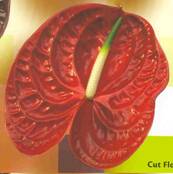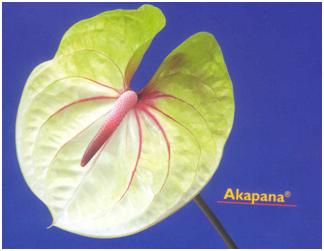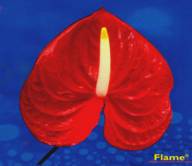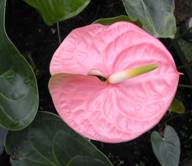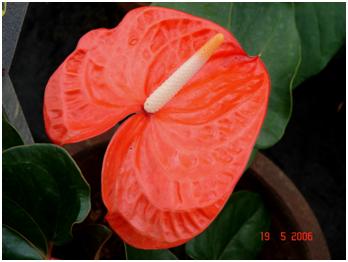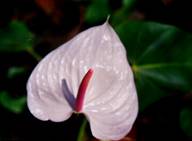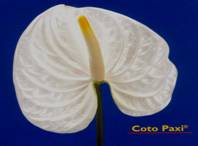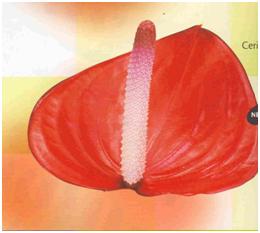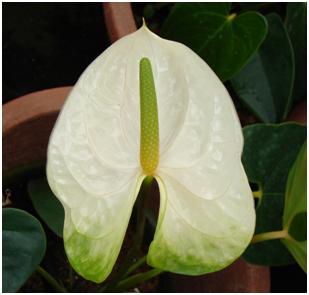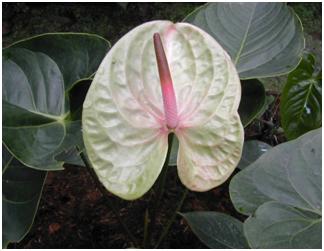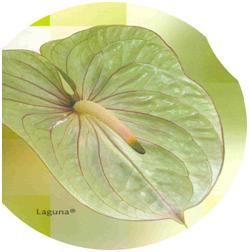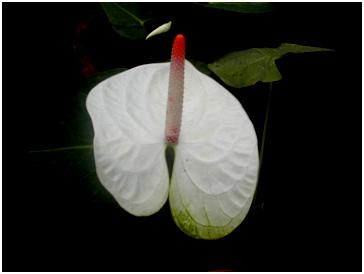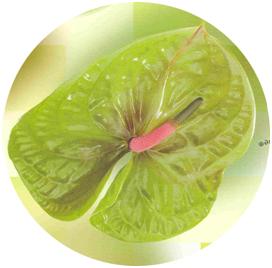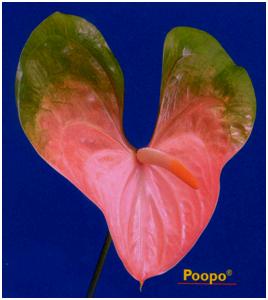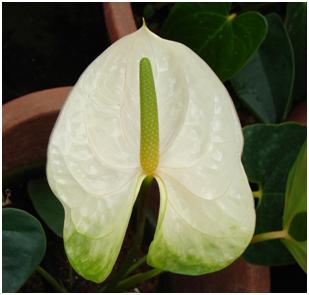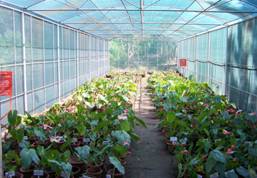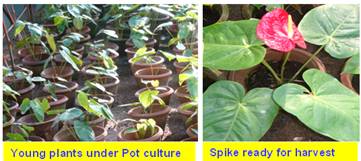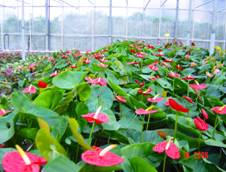
|
||||||||||||||||||||||||||||||||||||||||||||||||||||||||||||||||||||||||||||
Horticulture :: Flower Crops :: Anthurium |
||||||||||||||||||||||||||||||||||||||||||||||||||||||||||||||||||||||||||||
Red : Temptation, Tropical Red, Red Dragon, Verdun Red, Flame, Mauritius Red . Orange : Mauritius Orange, Peach, Casino, Sunshine Orange, Nitta. White : Acropolis, Linda de Mol, Mauritius White, Lima, Manoa Mist. Pink : Abe Pink, Candy Stripe, Passion. Green : Midori, Esmaralda. Bicoloured : Titicaca, Jewel, Akapana, Cardinal. Others : Fantasia (cream with pink veins), Chocos, Chicos (chocolate brownish red).
Climate
Growing environment: 75% shade net house with 70 - 80% relative humidity, day temperature of 24 - 280C and night temperature of 15 - 220C. Growing media
Propagation: Seed : Seeds germinate within 10 days; transplanted after 4-6 month takes 2 - 3 years to bloom. Seeds scattered on a finely shredded medium & kept under 75 % shade. Also germinated aseptically under nitsch/ms media supplemented with BAP & Adenine Stem cutting : Top of the stem with few roots of 3 to 4 year old plants is removed and planted. Each cutting should have single eye or bud IBA 500ppm produce good roots. Tissue culture : Becoming popular; explants – leaf segments, root segments, stem section, vegetaive buds, flower stalks, spathe and spadix; MS medium Planting: Grown in pots or raised beds. Tissue culture plants of 15 cm height with 4-6 leaves are ideal for planting. Irrigation: Mist or over head sprinkler to provide water and to improve relative humidity.
Pot cultivation
Bed system Soil is incorporated with organic matter. Bed size of 1.2 to 1.4m width with a spacing of 60 x 60 cm is found ideal. Shade regulation
Fertilizer requirement Growth regulators After cultivation Excess light Plant protection Pests Diseases |
||||||||||||||||||||||||||||||||||||||||||||||||||||||||||||||||||||||||||||

Harvest Harvest commences after 3 – 6 months of planting. Each leaf unfold will give out one flower. Flowers are harvested when the spathe completely unfurls and the spadix is well developed with one third of bisexual flowers got opened. Harvesting has to be done during cooler parts of the day i.e.) early morning or late evening. In general, the blooms are placed in water held in plastic buckets immediately after cutting from the plant. Delay in keeping in water allows air entry into the stem and causes blockage of the vascular vessels. Cut flowers after harvest should be shifted to pre cooling chambers in refrigerated vehicles having 2-4°C temperature as they deteriorate most rapidly at high temperature. Yield Post harvest technology Source |
||||||||||||||||||||||||||||||||||||||||||||||||||||||||||||||||||||||||||||
© All Rights Reserved. TNAU-2021. |
||||||||||||||||||||||||||||||||||||||||||||||||||||||||||||||||||||||||||||

